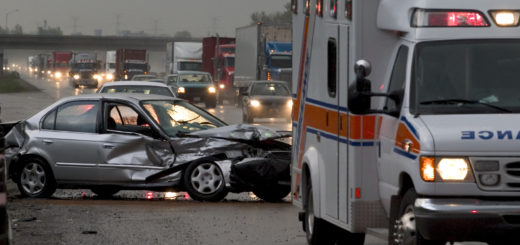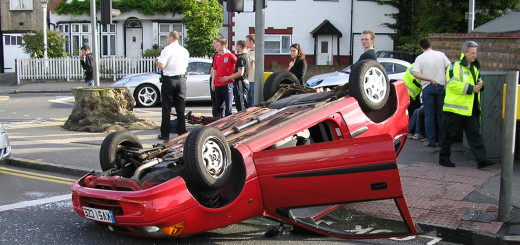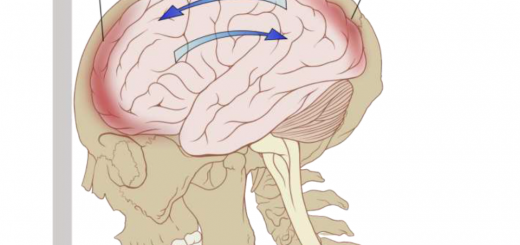First Aid Treatment for Puncture Wounds
Puncture wounds, such as stepping on a nail or being stuck with a tack, don’t bleed much, and the wound often closes up quickly.
However, these wounds can be especially dangerous due to the risk of infection. The object that caused the injury may carry the spores of tetanus or other bacteria, especially if the foreign object was in contact with the soil.
Wounds on the foot, and puncture wounds from human or animal bites, including domestic dogs and cats, are especially prone to infection. Seek medical attention for these types of wounds, and anyone who hasn’t had a tetanus shot within five years should get a booster within 48 hours of the injury.
Seek medical attention immediately for a bite from a stray dog or a wild animal, which may cause rabies. Your doctor can administer a rabies vaccination. All such bites should be reported to your country’s public health service, and if the animal can be found, it should be confined for observation by a veterinarian.
First Aid for Puncture Wounds
- Stop any bleeding from the wound. If there is no object embedded in the wound, apply firm direct pressure. If there is an object still embedded, apply pressure around the wound to stop the bleeding.
- Seek emergency medical attention if the bleeding persists or if the blood spurts.
- Clean the wound well to reduce the risk of infection. Wash the area around the wound with soap and water.
- If available, apply a thin layer of an antibiotic cream or ointment such as Neosporin or Polysporin. This will keep the wound moist. If a rash appears, discontinue use of the ointment.
- Cover the wound with a bandage or sterile gauze, and change the dressing whenever it becomes wet or dirty, or at least once a day.
- Seek medical attention if the wound is deep, doesn’t heal or if signs of infection appear, such as redness, drainage, warmth or swelling.
Never Remove an Embedded Object
Don’t remove any foreign objects embedded in the wound. Doing so should only be done by a medical professional after careful examination of the injury. Seek urgent medical attention for any wound with an embedded foreign object.





